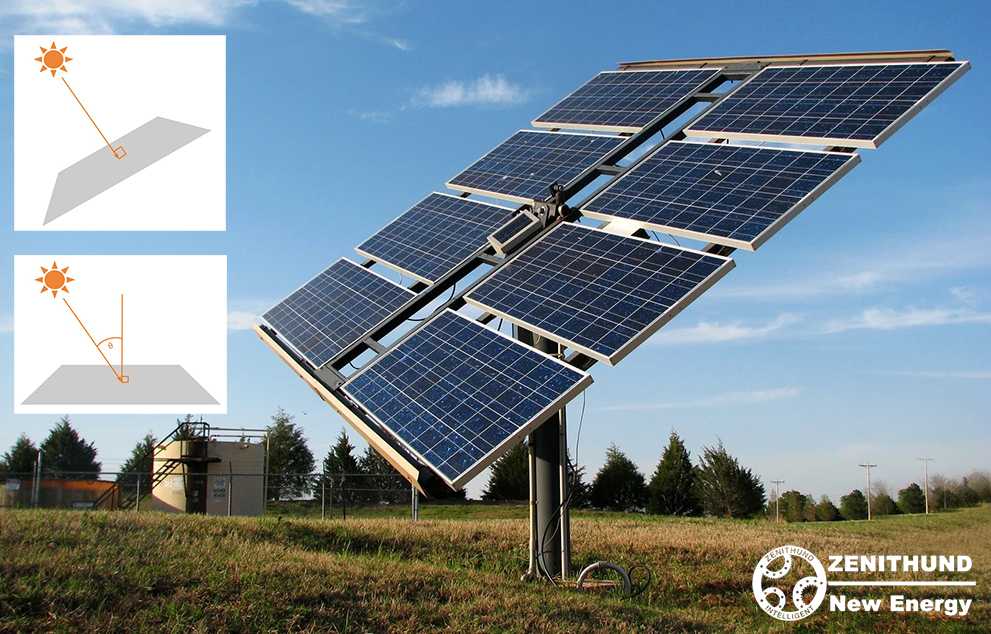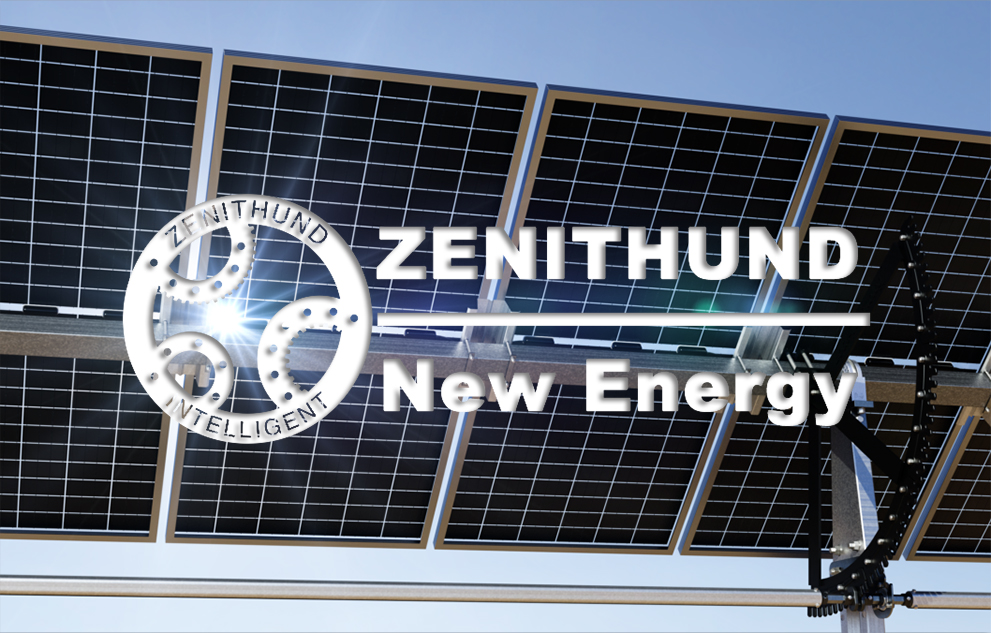PV tracking system

What is a photovoltaic tracking system?
The solar tracking system is a design used to improve solar energy utilization. It can automatically track according to the position of the sun. Such systems, usually developed by professional design teams, can accurately track the movement of the sun and can be compatible with GPS for more precise positioning. This tracking system can also be combined with customized solutions such as specific photovoltaic installation solutions.
There are many types of solar tracking systems, including single-axis and dual-axis tracking systems. A single-axis tracking system can only track the sun's movement in one direction, while a dual-axis tracking system can track the sun's movement in both directions, so it can capture the sun's rays more accurately.
In addition, reliable after-sales service is also one of the factors that need to be considered when choosing a solar tracking system. A good after-sales service provider should be able to provide online guidance and 24-hour response services to ensure stable operation of the system and timely problem solving.
In general, it is very important to choose a reliable, accurate, and easy-to-maintain solar tracking system, which can improve solar energy utilization, reduce energy costs, and is also beneficial to the environment.
What are the advantages of solar tracking systems?
There are many advantages to solar tracking systems, here are some of them:
Improve power generation efficiency: By tracking the movement of the sun, the solar tracking system can more accurately capture the sun's rays, thereby improving solar energy utilization and power generation efficiency.
Lower operating costs: The use of solar tracking systems can reduce energy costs because they use solar energy more efficiently and reduce reliance on traditional energy sources.
Environmental protection: The solar tracking system is a renewable energy technology that uses solar energy to produce no pollution and greenhouse gases and is environmentally friendly.
Strong adaptability: The solar tracking system can adapt to various environmental and climatic conditions, such as deserts, plateaus, oceanic climates, etc.
High reliability: The solar tracking system adopts high-reliability design and materials to ensure long-term stable operation.
Easy maintenance: Maintenance of solar tracking systems is relatively simple, requiring only regular inspection and cleaning of the solar panels and tracking device.
In short, the solar tracking system is an efficient, environmentally friendly, and reliable energy technology that can meet people's demand for renewable energy, reduce energy costs, and improve energy utilization efficiency.

What types of photovoltaic tracking systems are there?
There are mainly the following types of photovoltaic tracking systems:
Single-axis tracking system: including horizontal single-axis tracking and tilted single-axis tracking. This system has only one rotational degree of freedom and can track the sun's azimuth or elevation, but not both its altitude and azimuth. Therefore, the single-axis tracking system cannot guarantee that the radiation receiving surface is perpendicular to the incident direction of the sun at any time.
Dual-axis tracking system: including dual-axis solar azimuth-altitude tracking system and dual-axis elevation-time angle tracking system. This system has two degrees of rotational freedom and can simultaneously track the altitude angle and azimuth angle of the sun, thus ensuring that the radiation receiving surface is perpendicular to the incident direction of the sun at all times. However, due to its complex structure, high cost, and high failure rate, its application scope is limited.
In addition, photovoltaic tracking systems can also be divided into centralized and distributed types according to the installation methods of photovoltaic panels. Centralized photovoltaic tracking systems typically use a single-axis or dual-axis tracking system, while distributed photovoltaic tracking systems use multiple independent solar panels, each equipped with an independent tracking system.
- previous:Gansu Yumen Photovoltaic\Wind Power(2023/11/23)
- next:European companies visit our solar reducer production line(2023/12/7)
Recent News
- 1Persistence & Struggle The Spring Festival
- 2Detection of failed slew drives
- 3European companies visit our solar reducer production line
- 4PV tracking system
- 5Gansu Yumen Photovoltaic\Wind Power
- 6Boggi Bearing
- 7German solar tracker
- 8Brazil builds new solar tracker factory
- 9SKF Slewing Bearing
- 10CSP Dual-Axis Slew Drive
- 11SE WE WD Slewing Drive
- 12Concentrated Solar Power(CSP) Slewing Drive
- 13Solar Tracker Designe
- 14Solar Slew Drive Price
- 15Slewing Drive Price
Top ranking
- 1Solar Photovoltaic Exhibition in Munich, Germany in 2023
- 2Slewing drives in the High Girder Bridge Trailers
- 3CSP Dual-Axis Slew Drive
- 4SE WE WD Slewing Drive
- 5SKF Slewing Bearing
- 6Brazil builds new solar tracker factory
- 7German solar tracker
- 8Boggi Bearing
- 9Analysis, scale, share of slewing drive industry in 2023, and prediction of Market trend by 2030
- 10Gansu Yumen Photovoltaic\Wind Power
- 112032 Single-Axis Solar Tracker Market
- 12By 2029, the slewing bearing market will reach 8.64 billion US dollars
- 13Features of double-axis solar tracking reducer
- 14Rotary Drive Market
- 15Arctech releases a dual row single axis solar tracker


